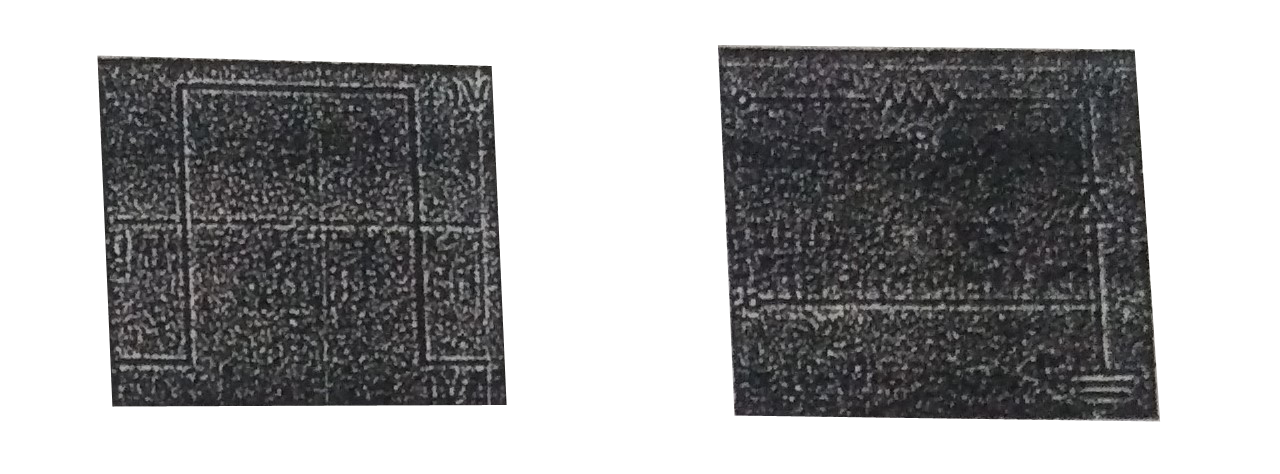When a forward bias is applied to a p -n junction. It
(a) raises the potential barrier
(b) reduces the majority carrier current to zero
(c ) lowers the potential barrier
(d) All of the above
The correct Answer is:C
To solve the question "When a forward bias is applied to a p-n junction," we need to analyze the effects of applying a forward bias to a p-n junction diode.
1. Understanding the p-n Junction:
- A p-n junction consists of p-type and n-type semiconductors. The p-type has an abundance of holes (positive charge carriers), while the n-type has an abundance of electrons (negative charge carriers).
- At the junction, a potential barrier is formed due to the diffusion of electrons from the n-side to the p-side and holes from the p-side to the n-side.
2. Applying Forward Bias:
- Forward bias means connecting the p-side (anode) to the positive terminal of a voltage source and the n-side (cathode) to the negative terminal.
- This external voltage opposes the built-in potential barrier of the p-n junction.
3. Effect on the Potential Barrier:
- When forward bias is applied, the external electric field reduces the potential barrier. This occurs because the positive terminal repels holes towards the junction and the negative terminal attracts electrons towards the junction.
- As a result, the potential barrier decreases, allowing charge carriers to move across the junction more easily.
4. Current Flow:
- With the reduction of the potential barrier, majority charge carriers (holes from the p-side and electrons from the n-side) can cross the junction, leading to an increase in current flow through the diode.
5. Evaluating the Options:
- Option A: Raises the potential barrier – This is incorrect because forward bias reduces the potential barrier.
- Option B: Reduces the majority charge carrier current to zero – This is also incorrect; forward bias increases the majority charge carrier current.
- Option C: Lowers the potential barrier – This is correct as explained above.
- Option D: All of the above – This is incorrect because options A and B are wrong.
Conclusion:
The correct answer is C: lowers the potential barrier.
- A p-n junction consists of p-type and n-type semiconductors. The p-type has an abundance of holes (positive charge carriers), while the n-type has an abundance of electrons (negative charge carriers).
- At the junction, a potential barrier is formed due to the diffusion of electrons from the n-side to the p-side and holes from the p-side to the n-side.
- Forward bias means connecting the p-side (anode) to the positive terminal of a voltage source and the n-side (cathode) to the negative terminal.
- This external voltage opposes the built-in potential barrier of the p-n junction.
- When forward bias is applied, the external electric field reduces the potential barrier. This occurs because the positive terminal repels holes towards the junction and the negative terminal attracts electrons towards the junction.
- As a result, the potential barrier decreases, allowing charge carriers to move across the junction more easily.
- With the reduction of the potential barrier, majority charge carriers (holes from the p-side and electrons from the n-side) can cross the junction, leading to an increase in current flow through the diode.
- Option A: Raises the potential barrier – This is incorrect because forward bias reduces the potential barrier.
- Option B: Reduces the majority charge carrier current to zero – This is also incorrect; forward bias increases the majority charge carrier current.
- Option C: Lowers the potential barrier – This is correct as explained above.
- Option D: All of the above – This is incorrect because options A and B are wrong.
The correct answer is C: lowers the potential barrier.
Topper's Solved these Questions
- BOOK - DC PANDEY ENGLISHCHAPTER - SEMICONDUCTORSEXERCISE - Exercise 35.32videos
SEMICONDUCTORS
- BOOK - DC PANDEY ENGLISHCHAPTER - SEMICONDUCTORSEXERCISE - Single Correct4videos
SEMICONDUCTORS
- BOOK - DC PANDEY ENGLISHCHAPTER - SEMICONDUCTORSEXERCISE - Exercise35.11videos
SEMICONDUCTORS
- BOOK - DC PANDEY ENGLISHCHAPTER - REFRACTION OF LIGHTEXERCISE - Level 2 Subjective21videos
REFRACTION OF LIGHT
- BOOK - DC PANDEY ENGLISHCHAPTER - SOLVED PAPER 2017EXERCISE - Solved papers 2017(JIPMER)32videos
SOLVED PAPER 2017
Similar Questions
Application of a forward biase to a p−n junction:
View SolutionReverse bias applied to a junction diode
View SolutionChoose the correct option for the forward biased characteristics of a p-n junction
View SolutionIn forward biasing of the p-n junction:
View SolutionForward bias characteristics of a p -n junction diode is used in which of the following devices ?
View SolutionA p-n junction in series with a resistance of 5kΩ is connected across a 50 V DC source . If the forward bias resistance of the junction is 50Ω , the forward bias current is
View SolutionAssertion : Light emitting diode (LED) emits spontaneous radiation.
Reason : LED are forward biased p-n junctions.View SolutionIn a forward biased p - n junction diode , which of the following graphs is most appropriately represented the potential barrier in the depletion .region ?
View SolutionA square wave (-1 to +1V) is applied to a P-N junction diode as shown. Draw the output wave form across the diode which is assumed to be ideal-
 View Solution
View SolutionWhat is the ratio of forward and reverse resistance of p-n junction diode?
View Solution

